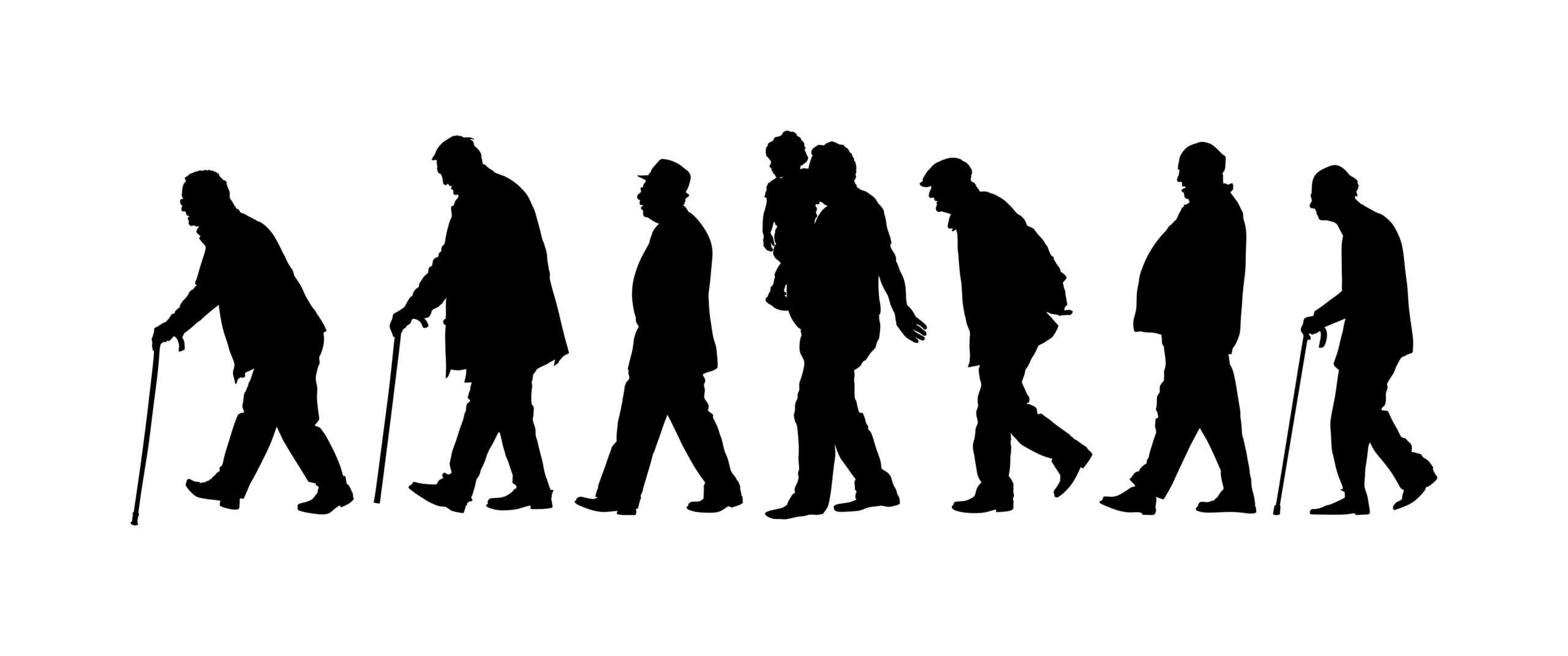Investigating breakthrough approaches that combine regenerative medicine with Alzheimer’s therapy
### Investigating Breakthrough Approaches in Alzheimer’s Therapy
Alzheimer’s disease is a serious condition that affects millions of people worldwide. It causes memory loss, confusion, and difficulty with daily tasks. For a long time, scientists have been searching for new ways to treat Alzheimer’s, and recent breakthroughs in regenerative medicine offer promising hope.
#### What is Regenerative Medicine?
Regenerative medicine is a field of science that focuses on repairing or replacing damaged tissues and organs. It uses special cells called stem cells, which can transform into different types of cells to fix damaged areas. For Alzheimer’s, these stem cells could repair damaged brain cells, improve communication between neurons, and even reduce inflammation, which is a big problem in this disease.
#### Targeted Stem Cell Delivery
One exciting approach is using advanced technology to deliver stem cells directly to the brain areas most affected by Alzheimer’s. This means that the healing process can be faster and more precise. Imagine having a special delivery system that takes the right medicine straight to the problem area, making it more effective.
#### Improved Safety Measures
In the past, there were concerns about stem cell therapies causing unwanted side effects, like abnormal growths. But now, scientists are addressing these concerns with new safety protocols. Clinical trials show that the risk of side effects is much lower, making stem cell therapy safer for patients.
#### Hybrid Therapies
Combining stem cell therapy with other treatments, like gene editing or medications, is proving to be very effective. It’s like having a team of doctors working together to fight the disease from all sides. This approach boosts the effectiveness of the treatment and provides a more comprehensive solution.
#### Personalized Treatments
In 2025, tailoring stem cell therapies to each individual’s needs is becoming more common. Doctors analyze a patient’s genetic makeup and disease progression to create a custom plan. This personalized approach ensures that the treatment is tailored to the specific needs of each patient, increasing its chances of success.
#### Clinical Trials: The Road to a Cure
Clinical trials are where scientists test new treatments to see if they work. These studies help refine the treatments for real-world use. Some standout trials in 2025 include:
– **Neural Stem Cell Therapy:** This trial focuses on using neural stem cells to replace damaged neurons in Alzheimer’s patients. Early results show improved memory and cognitive function.
– **Mesenchymal Stem Cells (MSCs):** MSCs, derived from bone marrow or fat tissue, are being tested for their ability to reduce brain inflammation. Participants report better focus and mood.
– **Stem Cell Mexico’s Programs:** In Cancun, Stem Cell Mexico is running groundbreaking trials combining stem cell injections with supportive therapies like nutrition and exercise. Patients are reporting noticeable improvements in daily living skills.
#### Other Breakthroughs
While stem cell therapy is a significant advancement, other approaches are also being explored. For example, a technique called cranial bone maneuver (CBM) has shown promise in improving meningeal lymphatic drainage function. This can help reduce amyloid deposits and alleviate memory deficits associated with Alzheimer’s.
#### Conclusion
The quest for a cure for Alzheimer’s is ongoing, and recent breakthroughs in regenerative medicine offer new hope. By combining targeted stem cell delivery, improved safety measures, hybrid therapies, and personalized treatments, scientists are making significant strides. Clinical trials continue to refine these approaches, and other innovative therapies like CBM are also being explored. While there is still much work to be done, these advancements bring us closer to finding effective treatments for this devastating disease.





